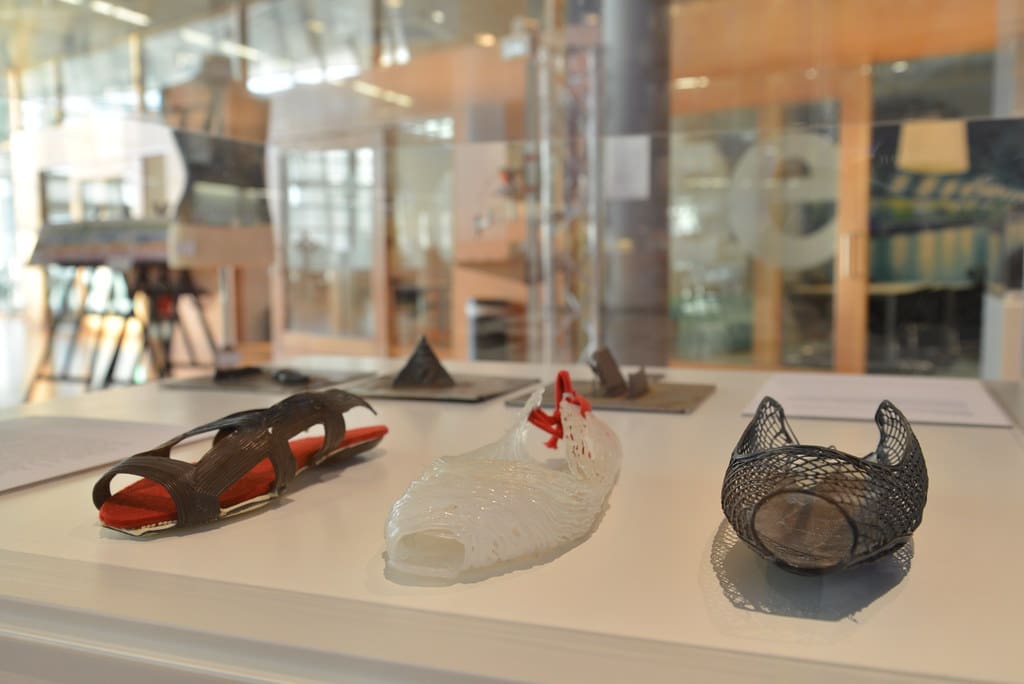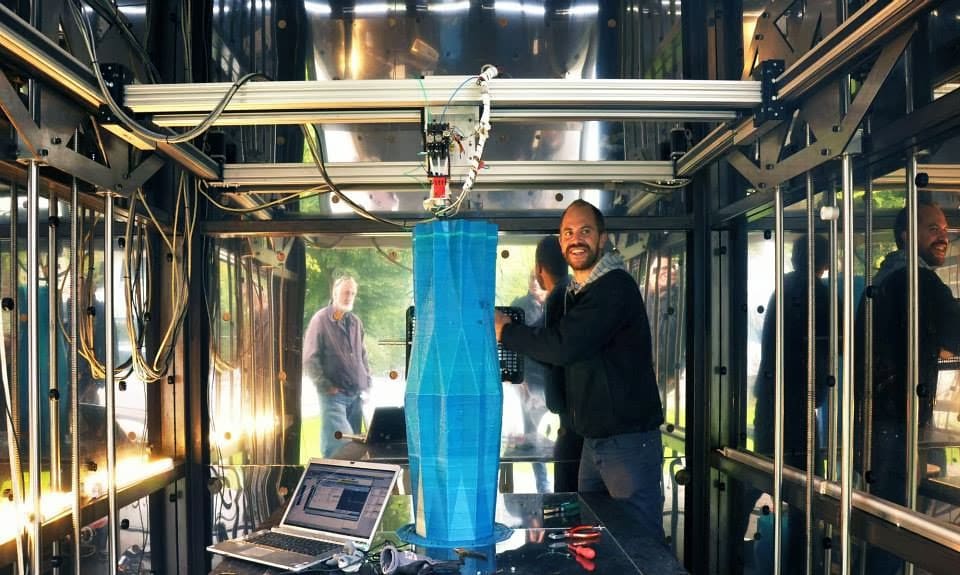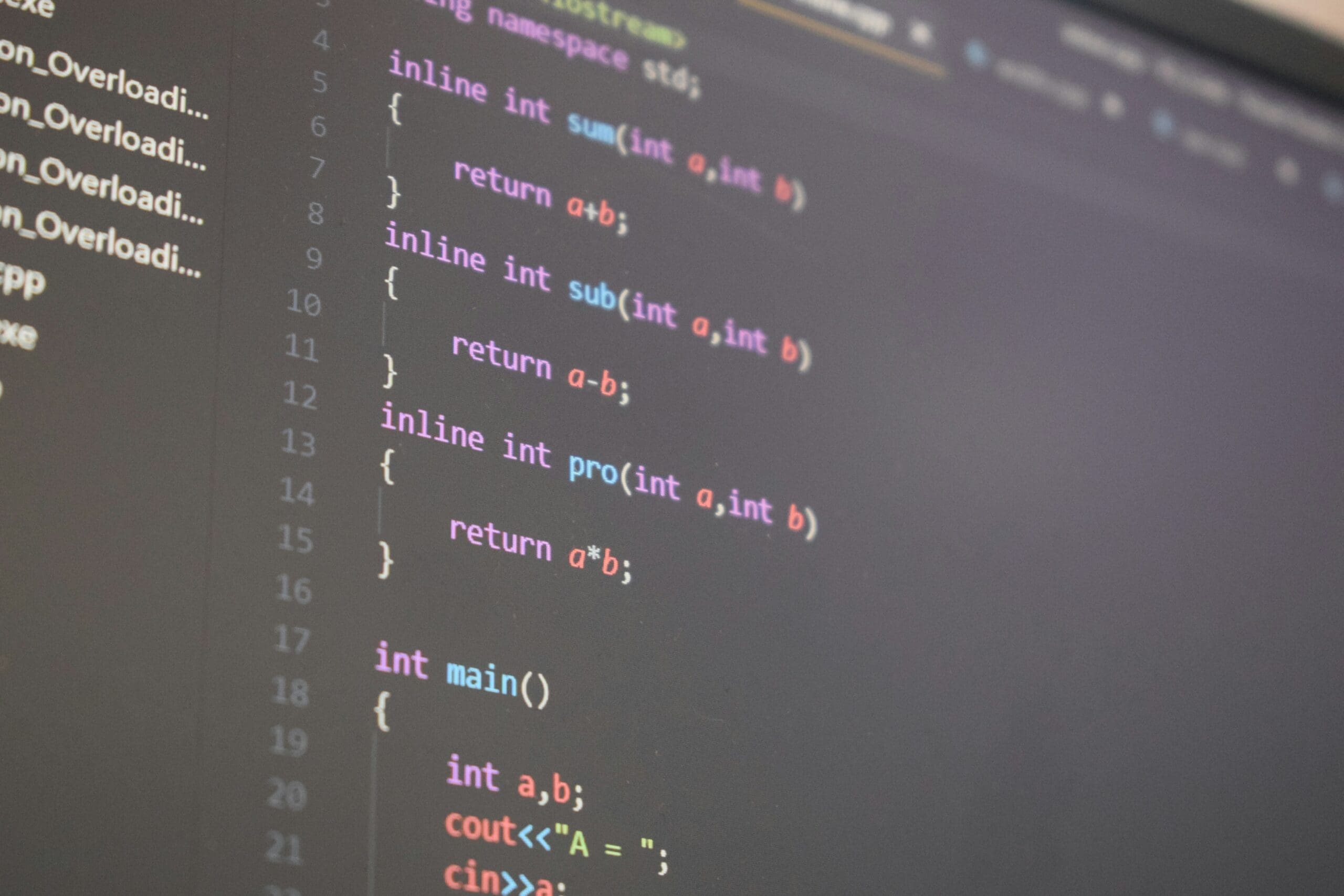Industrial engineering focuses on optimizing complex processes, systems, or organizations by developing, improving, and implementing integrated systems of people, money, knowledge, information, equipment, energy, and materials. 3D printing, also known as additive manufacturing, has emerged as a transformative force in industrial engineering, reshaping traditional manufacturing by allowing for greater flexibility, reduced waste, and enhanced productivity. This technology’s integration into industrial processes not only streamlines production but also drives innovation in product design and material usage.
The Emergence of 3D Printing in Industrial Engineering
Originally utilized primarily for prototyping, 3D printing has rapidly expanded its role within industrial engineering to include direct manufacturing of final products and components. The technology’s ability to create complex, customized items quickly and cost-effectively is particularly well-suited to the needs of modern industrial operations, which often require agility and adaptability in production capabilities.

Advantages of 3D Printing in Industrial Engineering
Customization and Flexibility: 3D printing offers unparalleled customization capabilities, allowing manufacturers to produce parts tailored to specific applications without the need for expensive molds or tooling. This flexibility is invaluable in industries such as aerospace and automotive, where bespoke designs and lightweight, complex components are crucial.
Efficiency and Speed: Additive manufacturing significantly reduces the time from design to production, enabling faster iteration and innovation. This rapid prototyping capability allows companies to bring products to market more quickly and respond more agilely to market changes.
Waste Reduction: 3D printing is inherently more material-efficient than subtractive manufacturing processes, as it only uses the material necessary to build a part. This not only reduces waste but also lowers material costs, contributing to more sustainable manufacturing practices.
Complexity and Integration: The technology enables the production of parts with complex geometries that cannot be fabricated through traditional methods. Additionally, it allows for the consolidation of multiple parts into a single component, reducing assembly time and increasing the reliability of the final product.
Key Applications of 3D Printing in Industrial Engineering
Tooling and Fixtures: 3D printing is extensively used to create custom jigs, fixtures, and other tooling required for manufacturing processes. These tools can be produced much faster and at a lower cost than traditional methods, improving the overall efficiency of the production line.
Final Product Manufacturing: Beyond prototyping, 3D printing is increasingly used for the direct manufacture of final products, especially for complex or customized items that are costly to produce using conventional methods.
Maintenance and Repair: The technology facilitates the on-demand production of replacement parts, even for machines that are out of production or use uncommon parts. This capability is particularly beneficial for maintaining and extending the life of industrial equipment.
Supply Chain Simplification: 3D printing allows for the local production of parts on demand, reducing the need for large inventories and complex supply chains. This can lead to significant savings in logistics and warehousing costs.

Challenges in 3D Printing for Industrial Engineering
Material Limitations: While advances have been made in printable materials, the range of materials suitable for industrial applications is still somewhat limited compared to traditional manufacturing methods. Developing more robust, durable materials remains a priority for the industry.
Scale and Cost Issues: For large-scale production, 3D printing can be less cost-effective than mass production techniques like injection molding, particularly for simple components. Balancing when to use 3D printing versus traditional methods is a key challenge for industrial engineers.
Technical and Operational Integration: Integrating 3D printing into existing manufacturing operations requires significant changes in workflow, supply chain management, and quality assurance practices. There is also a need for skilled personnel trained in additive manufacturing technologies.
Regulatory and Standardization Issues: As a relatively new technology in many fields, 3D printing lacks comprehensive standards and regulatory guidelines, particularly in industries such as aerospace and healthcare, where safety is critical.
Future Directions in 3D Printing for Industrial Engineering
The future of 3D printing in industrial engineering looks bright, with ongoing advancements in printer technologies, materials science, and digital design tools. Future trends may include greater automation, integration of artificial intelligence for optimized printing processes, and the development of new materials that open up additional applications in high-stress, high-performance environments.
3D printing is poised to continue its transformative impact on industrial engineering, offering new levels of efficiency, customization, and innovation. As the technology evolves, it promises to further revolutionize traditional manufacturing and production processes, making them more flexible, less wasteful, and more adapted to the demands of modern industries. With ongoing advancements, 3D printing will increasingly become an integral component of industrial engineering, shaping the future of manufacturing.








